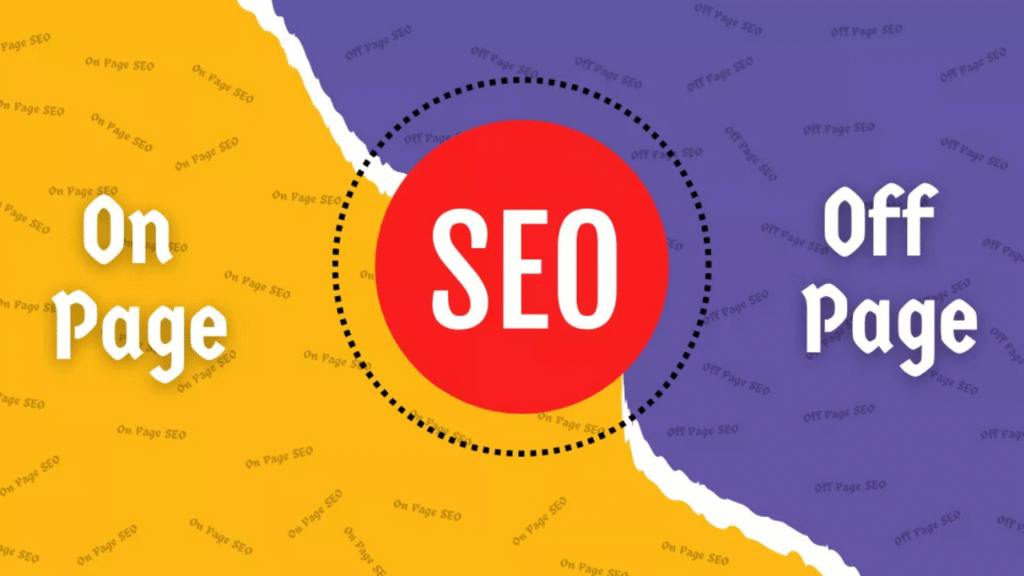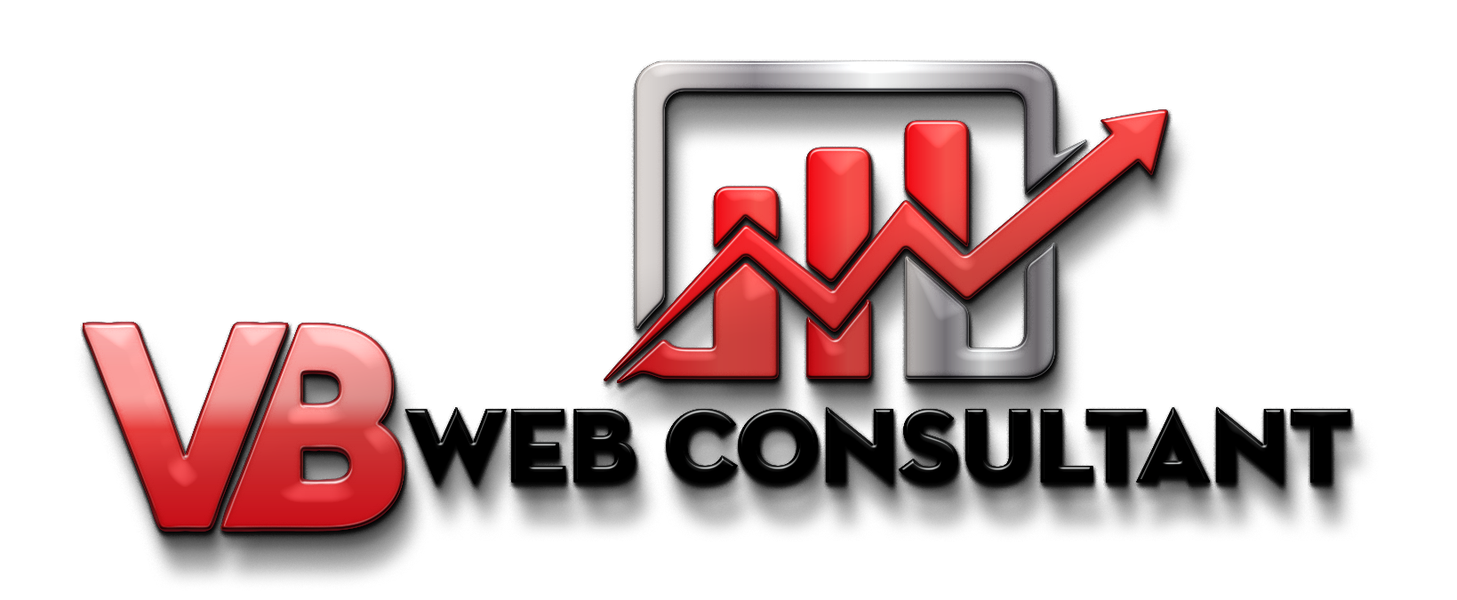Honestly, it can feel like a huge puzzle, especially when juggling terms like “and” outside the On-Page to Off-Page. “But what’s the problem: As soon as you break it, Seo is far less scary than it appears. It’s important to understand the entire SEO spectrum, whether you accept small business owners, be the creator of the content, or just realize your blog. Are you ready for a jargonless talent that simplifies everything from the parameters of the page to the power source outside the page? Let’s fly right away. What is a reference?
Let’s start from that place. On-Page to Off-Page SEO means optimizing your research. To enable your site to be displayed on search engines like Google, content will be displayed when someone enters something relevant
Think of it like dressing up your content so it’s attractive to both search engines and humans. And just like any solid outfit, there are layers on-page, off-page, and technical.
Why You Need SEO in the First Place
Imagine writing a masterpiece and hiding it in a drawer. That’s your content without SEO. Without proper optimization, you could be invisible online.
With SEO, you’re: On-Page to Off-Page
Showing up in search results
Reaching your target audience
Driving traffic without paying for ads
Building trust and authority
So yeah, it’s kind of a big deal.
Let’s Talk About On-Page SEO First
This is the stuff you control directly on your website. On-page SEO is like cleaning up your house before guests arrive it makes everything readable, findable, and enjoyable.
Here are the major players in on-page SEO:
Keywords: Your Content’s Best Friend
Keywords are the words or phrases people type into Google. Think of them as search clues.
If you’re writing a blog post about chocolate cake recipes, your keyword might be “easy chocolate cake recipe.” The trick? Use it naturally in your:
Headline
First paragraph
Subheadings
Image alt texts
Meta description
But don’t overdo it Google hates keyword stuffing like we hate soggy toast.
Title Tags and Meta Descriptions Matter More Than You Think
Your title tag is what shows up in the search result, and the meta description is the little blurb under it. Both need to be short, clear, and clickable.
Ask yourself: Would I click this if I saw it in Google results?
Headings and Subheadings: Your Content’s Roadmap
Using H1, H2, H3… isn’t just about style it helps readers (and search engines) navigate your content easily. Think of headings like road signs guiding your audience through your article.
Internal Linking: Show Them Around
Don’t let your visitors bounce after one page. Link to other useful pages or posts on your site. It’s like saying, “Hey, if you liked this, you’ll love that too!”
Example: “Read more about SEO tips for beginners here.”

Image Optimization: Don’t Skip This One
Images can slow your site down if they’re too large. And if they don’t have proper alt text, you’re missing out on SEO juice and accessibility.
Compress your images, add descriptive file names, and always fill in the alt attribute.
Mobile-Friendliness: A Non-Negotiable
Over 60% of web traffic comes from mobile. If your site looks wonky on a phone, you’re losing users and rankings.
Use a responsive design that adapts to any screen size.
Page Speed: Every Second Counts
People bounce if your site takes more than 3 seconds to load. Use tools like Google PageSpeed Insights or GTmetrix to test your site speed and fix what’s slowing you down.
Now, Let’s Move to Off-Page SEO: The Reputation Builder
Think of off-page SEO as your website’s street cred. It’s all the stuff that happens outside your site but influences how trustworthy and valuable Google thinks you are.
Backlinks: Digital Word of Mouth
Backlinks are links from other websites to yours. They tell Google, “Hey, this content is worth checking out.” But not all backlinks are created equal.
You want links from:
Reputable sources
Niche-relevant sites
High-authority domains
Avoid spammy links like the plague they’ll do more harm than good.
Social Signals: It’s Not Just About Likes
While Google says social media isn’t a direct ranking factor, shares and engagement on platforms like X (Twitter), LinkedIn, or Instagram help amplify your content and get it in front of more eyes (and potential backlinks).
Online Reputation and Brand Mentions
Even if someone doesn’t link to you, just mentioning your brand name on forums, news outlets, or social sites can build credibility in the eyes of search engines.
Tip: Set up Google Alerts for your brand to monitor where and how you’re being mentioned.
Guest Posting: Show Up Everywhere
Writing high-quality content for other blogs in your industry isn’t just good PR it’s a powerful On-Page to Off-Page tactic. Just make sure you’re guest posting on legit, relevant websites.
Bonus: Don’t Forget Technical SEO
While we won’t go super deep into it here, technical SEO is the silent backbone of your site. It includes things like:
XML sitemaps
HTTPS security
Clean URL structure
No broken links
If on-page is your face and off-page is your reputation, technical SEO is your skeleton.
Read More: From Keywords to Code: The Essential Parts of SEO You Can’t Ignore
Conclusion
SEO isn’t about choosing between On-Page to Off-Page it’s about balancing both. You need great content and the world to know about it. Nail your on-site fundamentals, build trust off-site, and don’t forget the tech behind the curtain.

